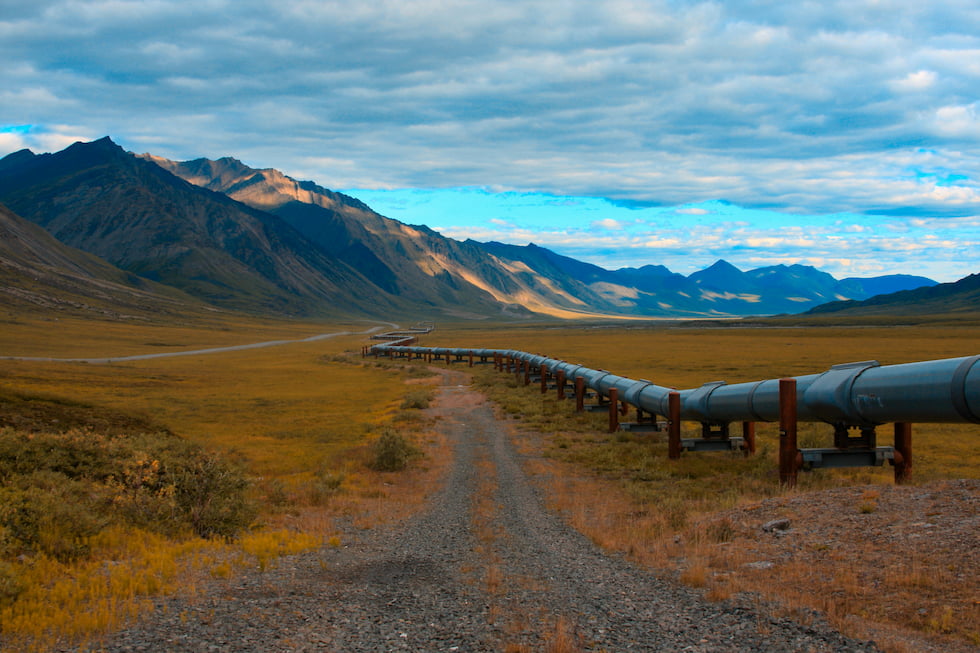
Since Inauguration Day, all eyes have been turned on the White House to see what President Joe Biden has in store now that he’s taken office.
Some of his first actions since entering the Oval Office last month have been directions to reevaluate policies concerning climate change and environmental protections. And, as in the case of the Keystone XL Pipeline, some projects or policies have been overturned or shut down.
“It is the policy of my administration to listen to the science; to improve public health and protect our environment; to ensure access to clean air and water; to limit exposure to dangerous chemicals and pesticides; to hold polluters accountable, including those who disproportionately harm communities of color and low-income communities; to reduce greenhouse gas emissions; to bolster resilience to the impacts of climate change; to restore and expand our national treasures and monuments; and to prioritize both environmental justice and the creation of the well-paying union jobs necessary to deliver on these goals,” according to a statement on whitehouse.gov.
Here is a review of some of Biden’s actions that could affect the pump industry and its related industries.
One executive order directed “all executive departments and agencies (agencies) to immediately review and, as appropriate and consistent with applicable law, take action to address the promulgation of federal regulations and other actions during the last four years that conflict with these important national objectives, and to immediately commence work to confront the climate crisis.”
An immediate review was ordered to be completed by September for “Reducing Methane Emissions in the Oil and Gas Sector: ‘Oil and Natural Gas Sector: Emission Standards for New, Reconstructed, and Modified Sources Reconsideration,’ 85 Fed. Reg. 57398 (September 15, 2020).”
And by August, review was also directed for “Protecting Our Air from Harmful Pollution: ‘National Emission Standards for Hazardous Air Pollutants: Coal- and Oil-Fired Electric Utility Steam Generating Units—Reconsideration of Supplemental Finding and Residual Risk and Technology Review,’ 85 Fed. Reg. 31286 (May 22, 2020).” This also included reviewing “’Increasing Consistency and Transparency in Considering Benefits and Costs in the Clean Air Act Rulemaking Process,’ 85 Fed. Reg. 84130 (Dec. 23, 2020)” and “’Strengthening Transparency in Pivotal Science Underlying Significant Regulatory Actions and Influential Scientific Information,’ 86 Fed. Reg. 469 (Jan. 6, 2021),.”
The executive order also stated that the administrator of the Environmental Protection Agency (EPA) consider the following:
- “proposing new regulations to establish comprehensive standards of performance and emission guidelines for methane and volatile organic compound emissions from existing operations in the oil and gas sector, including the exploration and production, transmission, processing, and storage segments, by Sept. 2021”
- “proposing a Federal Implementation Plan in accordance with the Environmental Protection Agency’s ‘Findings of Failure to Submit State Implementation Plan Revisions in Response to the 2016 Oil and Natural Gas Industry Control Techniques Guidelines for the 2008 Ozone National Ambient Air Quality Standards (NAAQS) and for States in the Ozone Transport Region,’ 85 Fed. Reg. 72963 (Nov. 16, 2020), for California, Connecticut, New York, Pennsylvania, and Texas by January 2022.”
Details about some of the stop-orders Biden has put in place:
- According to whitehouse.gov, “In light of the alleged legal deficiencies underlying the program, including the inadequacy of the environmental review required by the National Environmental Policy Act, the Secretary of the Interior shall, as appropriate and consistent with applicable law, place a temporary moratorium on all activities of the federal government relating to the implementation of the Coastal Plain Oil and Gas Leasing Program, as established by the Record of Decision signed Aug. 17, 2020, in the Arctic National Wildlife Refuge. The secretary shall review the program and, as appropriate and consistent with applicable law, conduct a new, comprehensive analysis of the potential environmental impacts of the oil and gas program.”
- The Northern Bering Sea Climate Resilience Area was reinstated after the memorandum was amended in April 2017. Originally, President Barack Obama withdrew areas in Arctic waters and the Bering Sea from oil and gas drilling. This withdrawal has now been reinstated.
- Biden revoked the March 2019 permit for the Keystone XL Pipeline that granted to TransCanada Keystone Pipeline, L.P. “a presidential permit to construct, connect, operate, and maintain pipeline facilities at the international border of the United States and Canada, subject to express conditions and potential revocation in the president’s sole discretion.”
Other revocations include:
- Executive Order 13766 of Jan. 24, 2017, "Expediting Environmental Reviews and Approvals For High Priority Infrastructure Projects"
- Executive Order 13778 of Feb. 28, 2017, "Restoring the Rule of Law, Federalism, and Economic Growth by Reviewing the “Waters of the United States” Rule"
- Executive Order 13783 of March 28, 2017, "Promoting Energy Independence and Economic Growth"
- Executive Order 13792 of April 26, 2017, "Review of Designations Under the Antiquities Act"
- Executive Order 13795 of April 28, 2017, "Implementing an America-First Offshore Energy Strategy"
- Executive Order 13868 of April 10, 2019, "Promoting Energy Infrastructure and Economic Growth"
- Executive Order 13927 of June 4, 2020, "Accelerating the Nation’s Economic Recovery from the COVID-19 Emergency by Expediting Infrastructure Investments and Other Activities"

